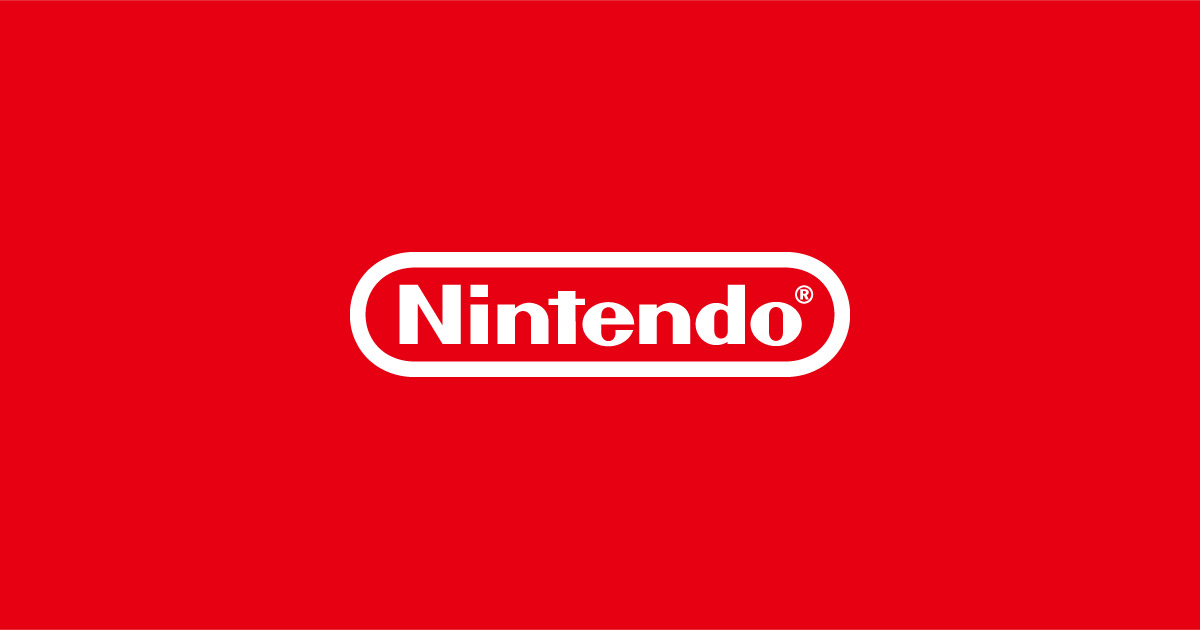The PC-FX: NEC and Hudson Soft’s Ambitious Console That Missed the Mark
When discussing the evolution of video game consoles in the 1990s, the NEC and Hudson Soft PC-FX stands out as both a product of innovation and a cautionary tale.
Following the moderate success of the PC Engine—known as the TurboGrafx-16 in the West—NEC and Hudson Soft aimed to build on their momentum.
The PC Engine enjoyed significant popularity in Japan, even securing a higher market share than the Sega Genesis (Mega Drive) in its home country, and it was influential enough to warrant a micro-console re-release in 2020.
Expectations were high when NEC and Hudson Soft jointly developed the PC-FX, set to compete with hardware giants Sega, Sony, and Nintendo, who were each readying their own 32-bit gaming systems. A Technological Gamble in the Wake of Industry Change Released in 1994, the PC-FX entered a fiercely competitive market where the promise of 3D graphics was defining the future landscape of gaming.
While competitors like Nintendo, Sega, and Sony innovated with 3D-capable hardware, NEC and Hudson Soft took a different approach by focusing on advanced video playback capabilities.
The PC-FX utilized "Direct Memory Access" to route data from the CD directly to the video-out via specialized chips, including a sequencer, renderer, and video encoding processor.
This design allowed the PC-FX to play high-quality, full-motion video, opting for memory-intensive JPEG sequences running at 30 frames per second, rather than the more common MPEG video compression of the era. This technical direction enabled the PC-FX to deliver crisp animated video and anime-style games with visually striking cutscenes, a significant point of differentiation at the time.
However, the console notably lacked any support for 3D graphics, an omission that would ultimately prove costly as industry and consumer trends increasingly favored immersive 3D experiences. Commercial Performance and Industry Legacy Despite its innovative video technology, the PC-FX struggled to gain widespread traction.
According to industry reports, sales of the PC-FX hovered around 300,000 units before the console was quietly discontinued in 1998.
The final game released for the system, the dating simulation title "First Kiss Story," marked the end of the PC-FX’s short-lived journey in the Japanese market. Reflecting on the PC-FX’s life cycle, NEC and Hudson Soft's gamble on full-motion video over 3D gameplay stands as a rare miscalculation for two companies that had previously disrupted the Japanese market with the original PC Engine.
While its library of anime-inspired games continues to attract retro enthusiasts, the PC-FX remains a testament to the volatility and rapid technological shifts of the mid-1990s video game industry. Ultimately, the PC-FX is remembered not just for what it achieved, but for how its unconventional strategy influenced the evolution of console hardware and the importance of aligning technical innovations with industry trends—a lesson still relevant in today's competitive gaming landscape.
Following the moderate success of the PC Engine—known as the TurboGrafx-16 in the West—NEC and Hudson Soft aimed to build on their momentum.
The PC Engine enjoyed significant popularity in Japan, even securing a higher market share than the Sega Genesis (Mega Drive) in its home country, and it was influential enough to warrant a micro-console re-release in 2020.
Expectations were high when NEC and Hudson Soft jointly developed the PC-FX, set to compete with hardware giants Sega, Sony, and Nintendo, who were each readying their own 32-bit gaming systems. A Technological Gamble in the Wake of Industry Change Released in 1994, the PC-FX entered a fiercely competitive market where the promise of 3D graphics was defining the future landscape of gaming.
While competitors like Nintendo, Sega, and Sony innovated with 3D-capable hardware, NEC and Hudson Soft took a different approach by focusing on advanced video playback capabilities.
The PC-FX utilized "Direct Memory Access" to route data from the CD directly to the video-out via specialized chips, including a sequencer, renderer, and video encoding processor.
This design allowed the PC-FX to play high-quality, full-motion video, opting for memory-intensive JPEG sequences running at 30 frames per second, rather than the more common MPEG video compression of the era. This technical direction enabled the PC-FX to deliver crisp animated video and anime-style games with visually striking cutscenes, a significant point of differentiation at the time.
However, the console notably lacked any support for 3D graphics, an omission that would ultimately prove costly as industry and consumer trends increasingly favored immersive 3D experiences. Commercial Performance and Industry Legacy Despite its innovative video technology, the PC-FX struggled to gain widespread traction.
According to industry reports, sales of the PC-FX hovered around 300,000 units before the console was quietly discontinued in 1998.
The final game released for the system, the dating simulation title "First Kiss Story," marked the end of the PC-FX’s short-lived journey in the Japanese market. Reflecting on the PC-FX’s life cycle, NEC and Hudson Soft's gamble on full-motion video over 3D gameplay stands as a rare miscalculation for two companies that had previously disrupted the Japanese market with the original PC Engine.
While its library of anime-inspired games continues to attract retro enthusiasts, the PC-FX remains a testament to the volatility and rapid technological shifts of the mid-1990s video game industry. Ultimately, the PC-FX is remembered not just for what it achieved, but for how its unconventional strategy influenced the evolution of console hardware and the importance of aligning technical innovations with industry trends—a lesson still relevant in today's competitive gaming landscape.






